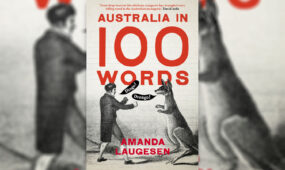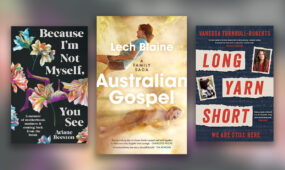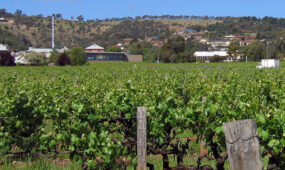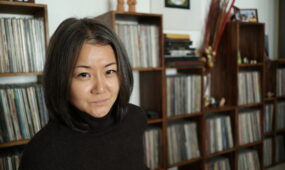University of Love reveals matters of the heart
Books & Poetry
The University of Love swoons in to Adelaide this week to give ‘happily ever after’ insights into the serious business of the $1 billion global market for romance novels.

Leading international writers and academic authorities in the fields of love and romance will kiss and tell at a free public event this Thursday as a prelude to the Romance Writers’ Australia Ain’t Love Grand 2016 annual conference (August 18-21).
Among the speakers are popular romance writers, including:
- Heather Graham – New York Times best-selling author who also writes as Shannon Drake;
- May McGoldrick-Jan Coffey (pen name for the Daphne du Maurier Award-winning writing team of Nikoo McGoldrick and her husband, medieval historian Professor James McGoldrick);
- Hollywood author and script writer Michael Hauge;
- University of Alabama Professor Catherine Roach (better known as romance writer Catherine LaRoche), the author of Happily Ever After – The Romance Story in Popular Culture.
Dr Danjiela Kambaskovic and Professor Stephanie Trigg, from the Australian Research Centre of Excellence for the History of Emotions, will join Flinders University academics Dr Amy T Matthews, Dr Gillian Dooley, Dr Erin Sebo and Dr Eric Parisot, as well as guest speakers from other Australian universities.
So, why all this fuss?
Why is romance one of the largest and most successful parts of the publishing world, with thousands of books sold every month?
The conference co-convenor, Flinders University creative writing lecturer Dr Amy T Matthews, is a strong advocate for the genre.
“Romance novels are not just about escapism. They also fulfil a deeper, more serious role,” she says.
“They actually meet a deep-seated need among women to validate and challenge their place in society.
“Whether it’s the old-style Mills and Boon, women’s fiction or the contemporary erotic (Fifty Shades of Grey et al) novels, it’s mostly about women writing for women about relationships, family, friendships and the tensions they experience in our culture.
“The romance community writes about housewives, single women, working women, pregnant and divorced women, the choices they make and how they are treated in relationships.
“In the end it’s about us all being accepted as individuals. It matters to be a woman, whether you’re a wife and mother, a single parent, working in or outside the home: you matter.
“Romance is a mixture of conservatism and progression which gives us all insights into our lives.”
Dr Matthews writes “serious” literary fiction and non-fiction books (her Holocaust account, End of the Night Girl, won the Adelaide Festival Unpublished Manuscript Award), as well as historical romantic adventure stories under her “alter ego” Tess LeSue.

Get InReview in your inbox – free each Saturday. Local arts and culture – covered.
Thanks for signing up to the InReview newsletter.
Her latest rollicking commercial romance, Bound for Eden (Harlequin, 2016), set on the Oregon Trail in America, is the first in a planned series of four “hopefully best-sellers”.
“It takes me about five years to write a serious book, but I can write and publish many more romance novels in the same timeframe,” Dr Matthews says.
“Literary fiction is a much smaller and highly competitive market, so it can take up to 10 years between serious book projects.”
The free public event, Representations of Love and Romance: Scholars and Authors in Conversation, will be held at the Stamford Plaza Hotel, 288 North Terrace, Adelaide, on Thursday, August 18 (4-5pm). To register book here.
Related Story
 Books & Poetry
Books & Poetry
You write what? In defence of romance
The Romance Writers’ Australia conference is open to both romance writers and the public. Among the Australian romance writers taking part are Adelaide bestsellers Fiona McIntosh, Trish Morey and Victoria Purman, Melbourne’s historical romance queen Anne Gracie, and Perth rural romance powerhouse Rachael Johns.
Support local arts journalism
Your support will help us continue the important work of InReview in publishing free professional journalism that celebrates, interrogates and amplifies arts and culture in South Australia.
Donate Here






Comments
Show comments Hide comments